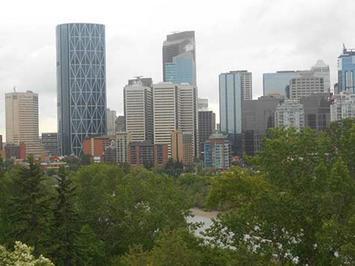
Downtown Calgary is a big deal (see photo above and photos following the text). Traditional American and Canadian downtown areas (central business districts or CBDs) are a holdover from the pre-auto era. Their geographical limits were largely set by the early Great Depression, with buildings that were well underway in planning by that time (such as the Chrysler Building and the Empire State Building in New York). CBD’s were far more dominant at that time. As late as 1956, the Manhattan CBD (south of 59th Street), had 37% of the metropolitan area employment (calculated from data).
Since that time, CBDs have represented a much smaller share of metropolitan area employment. Now, Among the six major metropolitan areas of Canada (over 1 million population), the average CBD had 14% of metropolitan employment in 2006. Toronto, with the largest CBD had a 13% share of its employment downtown. Calgary had the largest CBD market share at 20%, about 50% higher than Toronto, Montreal and Vancouver.
In the US, Manhattan in New York represented approximately 22% of the metropolitan area employment, by far the largest market share in 2006-2010. This is more than triple the average of the 53 major metropolitan areas have an average (7% of employment). In every major US metropolitan area, the dominant pattern of employment is dispersed to outside not only the CBDs, but also outside the “edge cities” and other non-CBD major employment centers.
Since that time, there have been few large and high employment density downtown areas built. Calgary had only 84,000 residents in 1931, just as CBD’s in the largest Canadian and American cities were reaching their zenith. Virtually all of Calgary’s CBD, with more than 125,000 employees (2006) has been built since World War II. Only one other completely new, large and dense CBD has been built in North America, That is Charlotte, North Carolina, with a smaller CBD which has the headquarters for 9th largest bank in the world, formerly the largest bank in the world and formerly headquartered in California (San Francisco).
Among the largest CBDs in North America, only New York had a larger percentage of its metropolitan area employees than Calgary according to the latest comparable data (cited above). Of course, it is possible that Calgary’s downtown employment grew substantially in the early part of the last 15 years. It is significant that the Calgary CBD has achieved such prominence given than it was built decades after CBDs reached their peak.
But despite the unique growth of downtown Calgary, more recent years have not been kind. It really started with the collapse of the world oil market, a critical industry in Alberta. World oil prices dropped by more than 50% in 2014-2015. And things only got worse, as the decline in oil demand stemming from pandemic related driving reductions and lessened economic activity have only made things worse. It did not help that Imperial Oil, one of downtown’s largest employers, had already decided to move from downtown to suburban Quarry Park, with employees relocating just as the oil collapse had gotten underway. In 2019, an Imperial Oil spokesperson described the move: “It fit our aspirations for our corporate culture to be more community centric, to see things differently, and kind of be a leader in moving to the suburbs.”
Calgary Herald columnist Chris Varcoe quotes Calgary Economic Development CEO Mary Moran on the seriousness of the problem. “The situation in downtown Calgary is more complex than any city has ever faced in North America … in the sense of the amount of office space we have for the population we have.” Among the 15 major metropolitan areas with more than 100,000 CBD employees, Calgary has by far the smallest population. With only 1.4 million residents according to the 2016 Census, Calgary has nearly a nearly 50% smaller population than the Vancouver CMA and has less than one half the population of the other North American metropolitan areas with more than 100,000 downtown employees.
At the end of 2020, the downtown office vacancy rate was 26.9%, the highest of any major metropolitan area in Canada. Even Edmonton, where oil is also important, but shielded to some degree by government employment as the provincial capital, has a downtown vacancy rate far lower, at a still high 16.8%.
There has been a huge increase in remote working, which raises serious questions about the potential to return to former employment levels, even if oil were to recover and the pandemic were to be left behind. Like the other metropolitan areas with the largest CBDs (such as New York, Chicago, Philadelphia, Boston, Washington, Seattle, Toronto and Montreal) “With the pandemic continuing, many businesses that rely on downtown passenger traffic, such as restaurants and retail shops, are struggling or have closed.”
Columnist Varcoe and local political leaders seem optimistic that help from the provincial government is the answer, along with federal help from Ottawa. It seems unlikely, however, that any such efforts will succeed materially. For one thing, there really are no successful models for reviving a failing downtown and making it economically sustainable. This is not to suggest that a miraculous commercial turnaround could not do it, but that also seems unlikely.
Finally, the move to telework (remote work) is likely to negatively impact the larger, denser CBDs more than other employment areas, such as edge cities, secondary, less dense centers and the far more numerous jobs in dispersed locations.
Yet, the Calgary CBD is hard to beat in its attractiveness and it would be a shame for it to continue its decline. In the final analysis, this will require attracting businesses and employees, without imposing burdens on the taxpayers, whether those residing in Calgary, Red Deer, Winnipeg or Toronto.
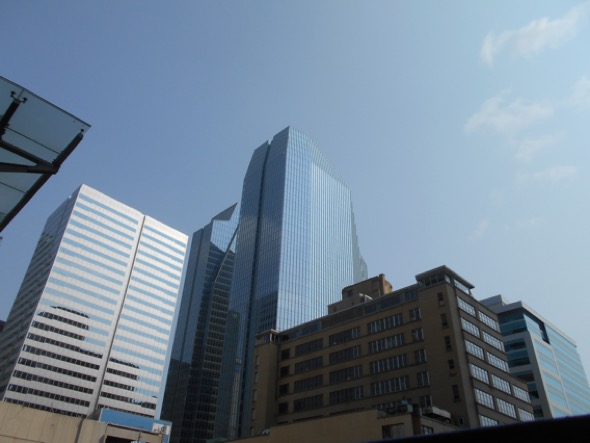
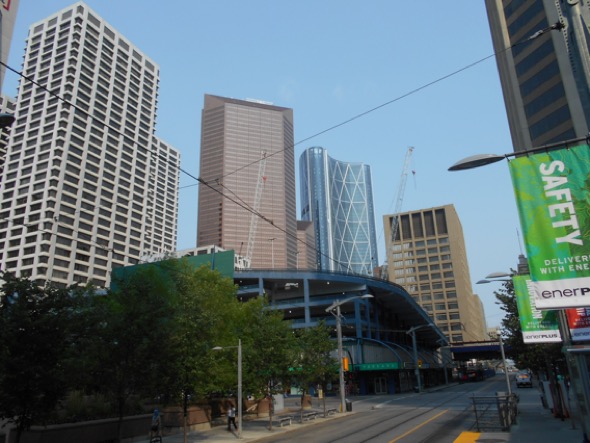
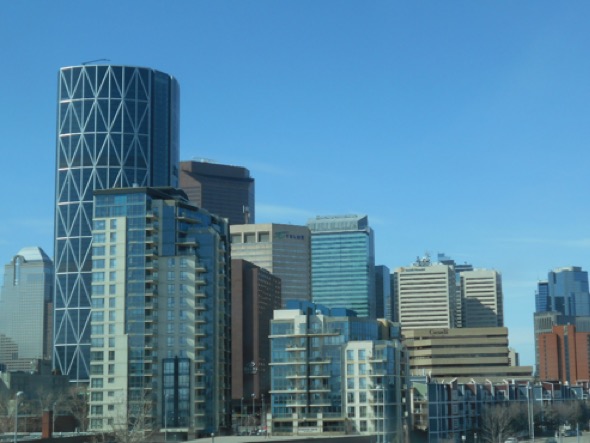
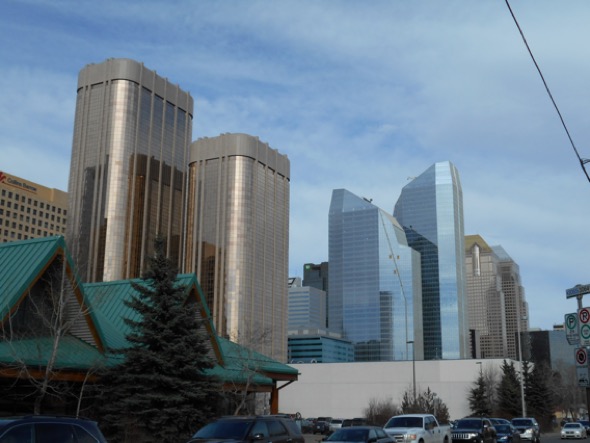
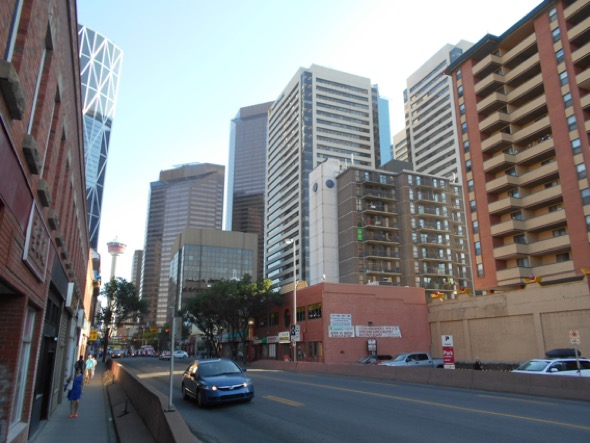

Wendell Cox is principal of Demographia, an international public policy firm located in the St. Louis metropolitan area. He is a founding senior fellow at the Urban Reform Institute, Houston and a member of the Advisory Board of the Center for Demographics and Policy at Chapman University in Orange, California. He has served as a visiting professor at the Conservatoire National des Arts et Metiers in Paris. His principal interests are economics, poverty alleviation, demographics, urban policy and transport. He is co-author of the annual Demographia International Housing Affordability Survey and author of Demographia World Urban Areas.
Mayor Tom Bradley appointed him to three terms on the Los Angeles County Transportation Commission (1977-1985) and Speaker of the House Newt Gingrich appointed him to the Amtrak Reform Council, to complete the unexpired term of New Jersey Governor Christine Todd Whitman (1999-2002). He is author of War on the Dream: How Anti-Sprawl Policy Threatens the Quality of Life and Toward More Prosperous Cities: A Framing Essay on Urban Areas, Transport, Planning and the Dimensions of Sustainability.
Lead image: Downtown Calgary from Tom Campbell's Hill Natural Park, by author.













why?
I don't know that those photos suggest such an inviting CBD atmosphere. But in any case, what accounts for Calgary's belated CBD development? Why, post-WWII, weren't those jobs more dispersed?